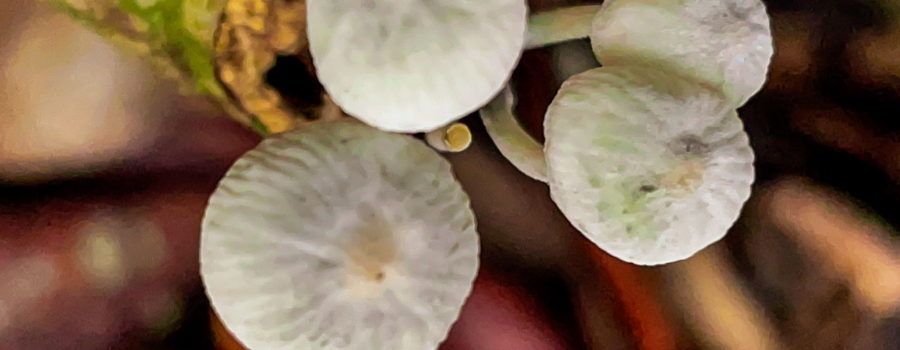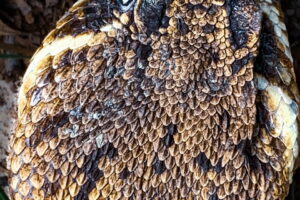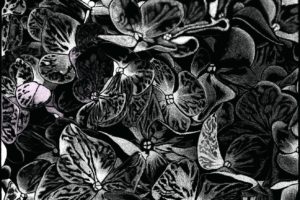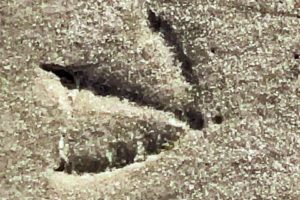The Interesting Onion-Stalk Parasol Mushroom Loves Old Wood

The warm weather and high levels of precipitation that Florida enjoys in the summer makes us a great place to find mushrooms and fungi of all sorts. In the late summer and early fall I am always scouting the forest floor, the leaf liter, and any decaying wood around looking for interesting mushrooms. I’m far from a mushroom expert and I would never eat any mushrooms that I find in the wild, but I do find many of them to be beautiful to observe, and compelling to learn about. And mushrooms in general are very important to our environment. They’re very important for the breakdown of decaying vegetation, leaves, wood, and sometimes even for decomposing animal matter. The breakdown of those materials recycles nutrients back into the soil and helps to keep our world clean.

One of the most common mushrooms I find around here is the onion-stalk parasol mushroom (Leucocoprinus cepistipes). It’s one of the mushrooms that grows on old wood, which we have plenty of out here in the woods. It’s a small white to light tan, gilled mushroom that tends to grow in small clusters or colonies. It’s not a super colorful mushroom, but the little colonies frequently have interesting structures. Most often I find it on the ground, but it will also grow on the sides of old, dead trees and the stalks will grow at some crazy angles. In urban settings it’s commonly found growing on wood chips and in mulch in gardens. The onion-stalk parasol has a pretty extensive range and can be found in most of the eastern United States and southeastern Canada. It’s also found along the Gulf coast and the Pacific coast of the United States, as well as most of Central America and into northern South America. It’s also native to parts of Europe, Asia, and Australia.

Of course, the most common question people always have about any mushroom is whether it’s edible or poisonous. Most times that’s a pretty simple answer, but in this case, not so much! For a long time this mushroom was considered edible (and some sources still do), but most folks don’t eat it due to the fact that it’s supposed to be unpalatable. More recently, though, a lot of sources are classifying it as inedible, since some people can have pretty significant reactions to it. Signs of intoxication can include diarrhea, gastrointestinal upset, vomiting, and abdominal pain. Apparently not everyone suffers from these issues when eating onion-stalk parasols, but why take the risk? Especially since it doesn’t even taste good!

If you love beautiful nature photography and artwork along with interesting and engaging nature and animal related content, then you’ll enjoy this blog. Subscribe below and never miss an episode! We won’t spam you or sell your information.





Recent Comments